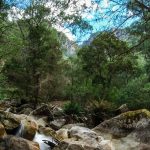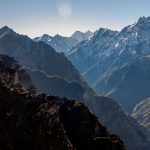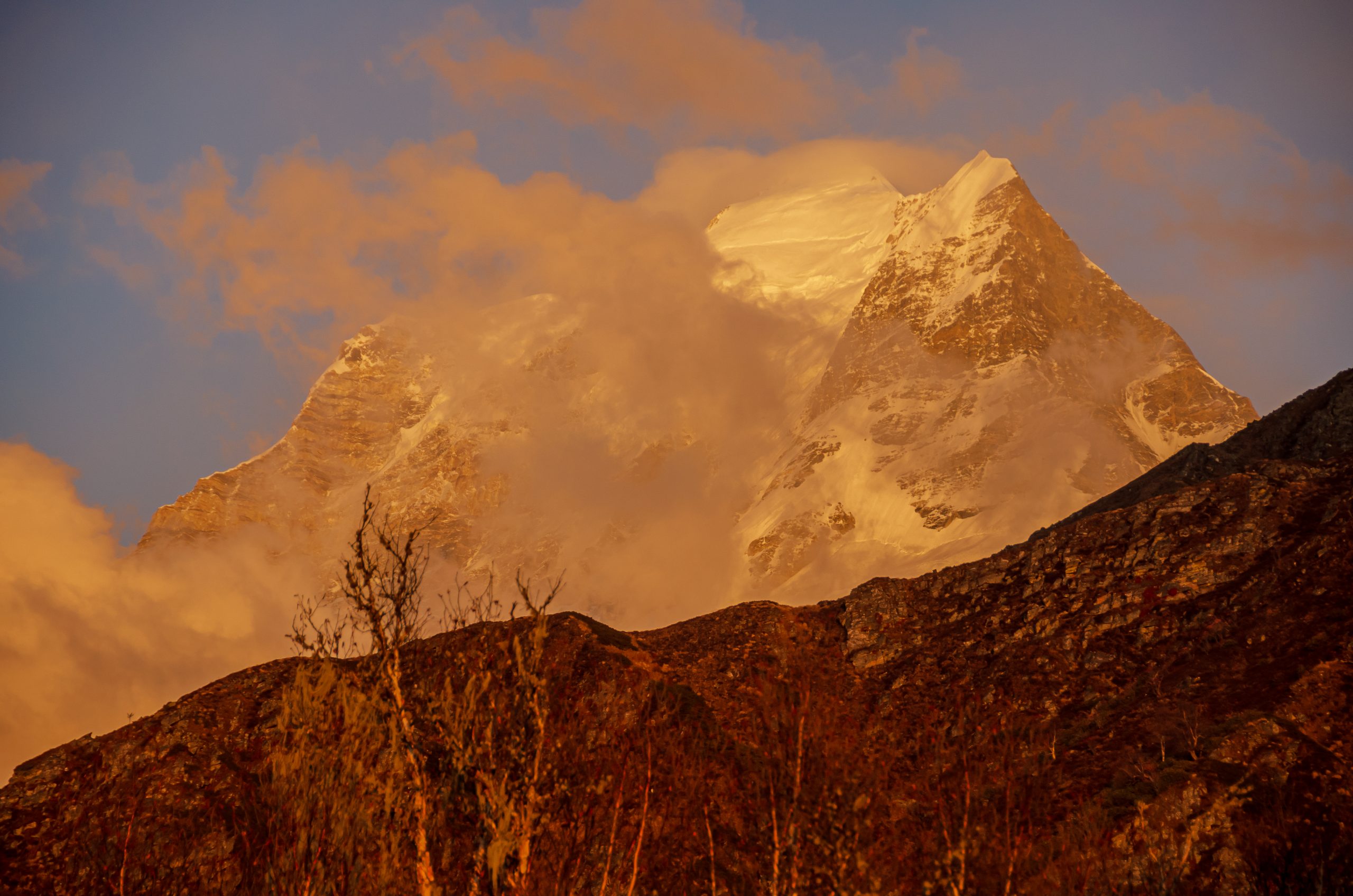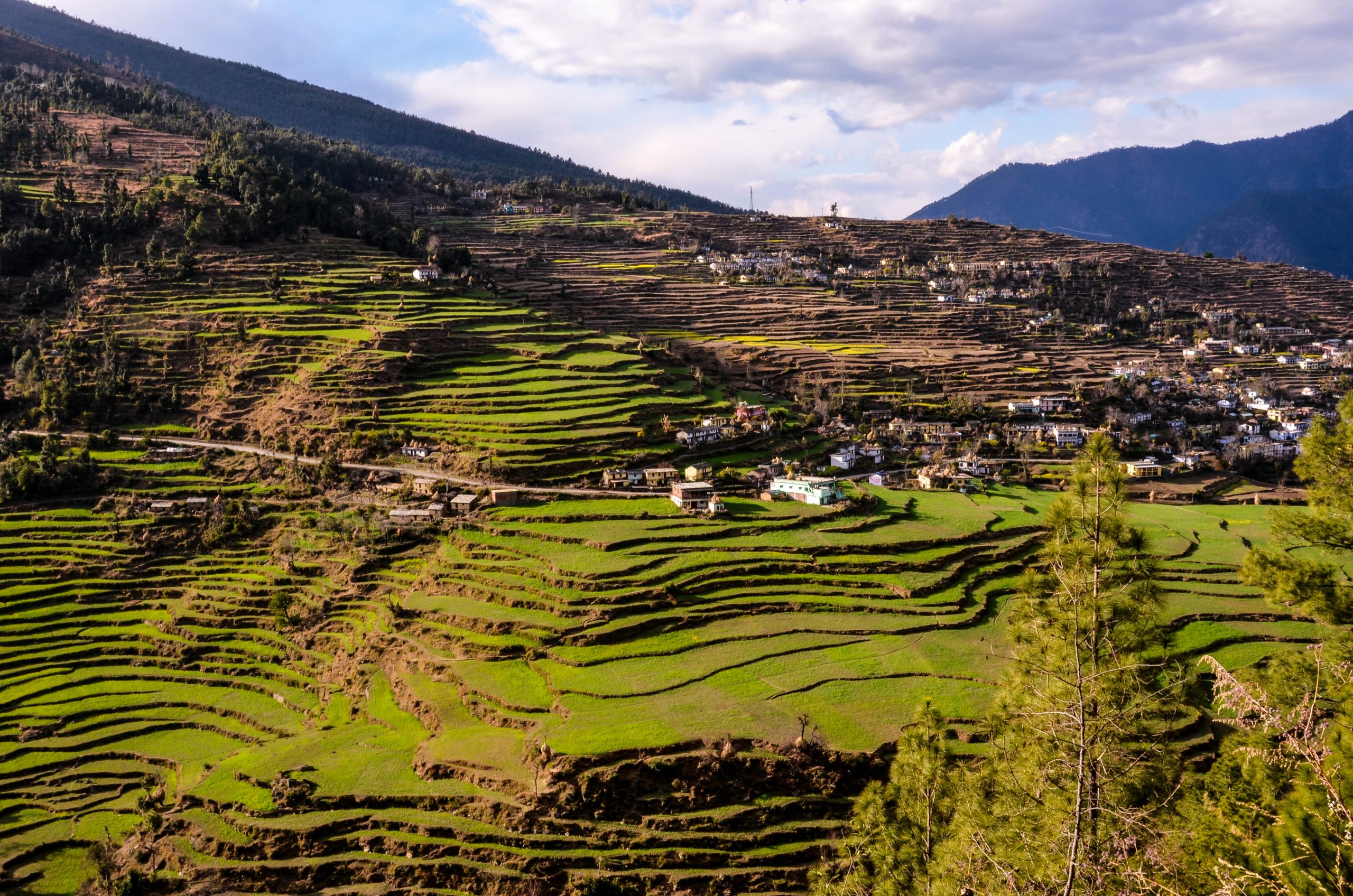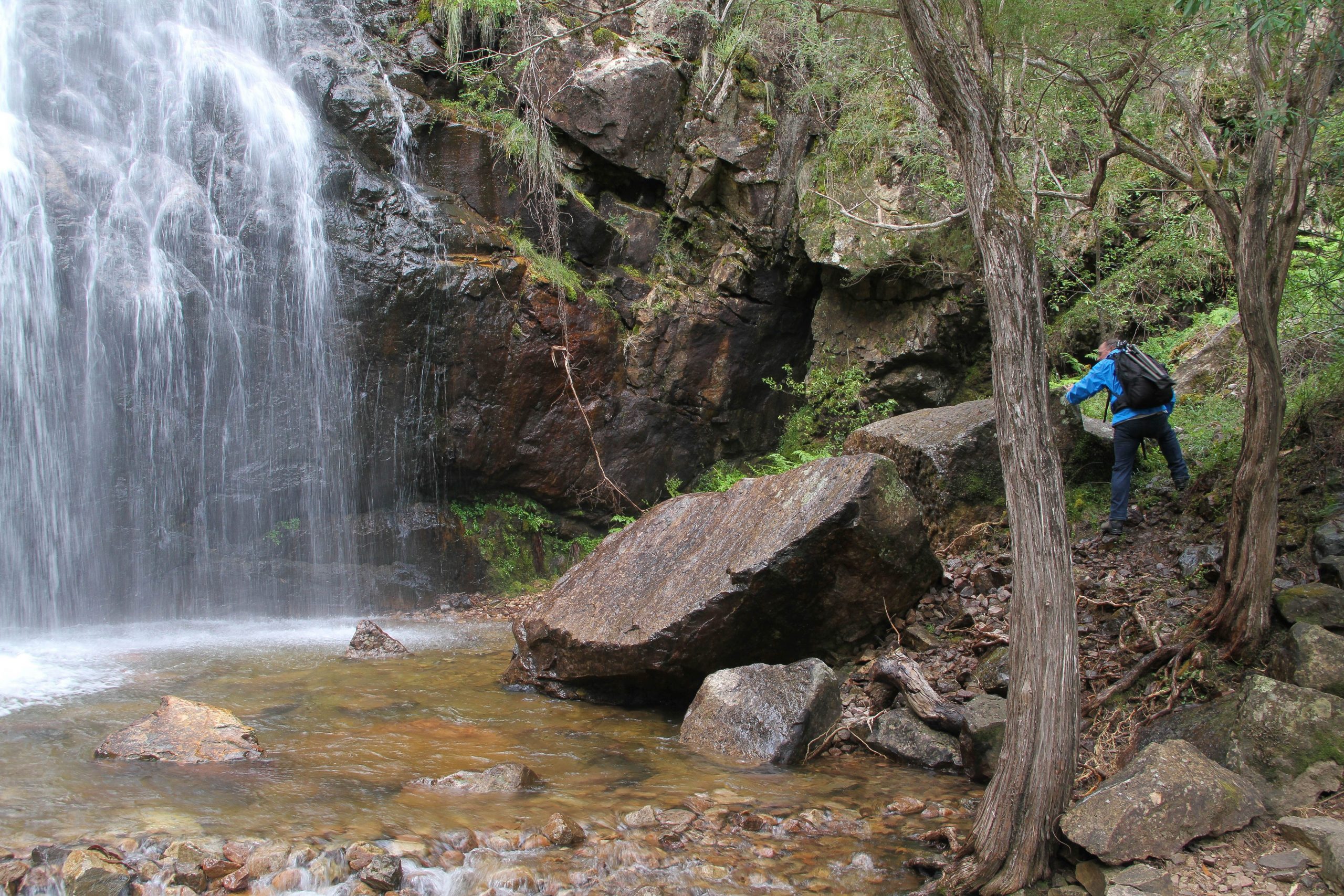
If I had to give myself a label I’d say it’s ‘conservation photographer’. This fits my professional life and pretty much all the reasons why I take the images I do – because the places I get to visit are special places, and because my hope is by taking images, people engage with not only the image but also communities and landscapes more generally.
I track this partially back to the movement to protect the Franklin River in Tasmania, Australia in 1981, when The Tasmanian Wilderness Society, via Bob Brown and others, was able to convince the renowned Tasmanian landscape photographer, Peter Dombrovskis to film a documentary of him at work on the Franklin. One of his images, First Split from Lower Basin, Gordon River, Franklin-Gordon Rivers National Park I loved, but his image Rock Island Bend became the truly iconic image for the protection of the river in the 1982-83 campaign. Back then, there were photographers wanting to bring the beauty and importance of wild places to a broader population to build a constituency for protection and conservation – with or without the label of ‘conservation photographer’.
The work of Dombrovskis and, before him, the Tasmanian photographer Olegas Truchanas, etched themselves into my consciousness. I remember coming back from an overseas trip in, it must have been around 1984, and one of the first books I bought once I’d settled back to life in Australia was a book of the life and photography of Olegas Truchanas.
Later, I was to discover the images and stories of Vittorio Sella, Ansel Adams, Galen Rowell and Art Wolfe. All have influenced my work, my ethics and my approach, along with a myriad of others. And of course my own professional experiences with communities and their landscapes have contributed.
For me and my work, the image should be a reflection of what was seen at the time the image was taken. So my images are not saturated versions of an idealised ‘reality’. They are reflections of my encounter with the place and the resultant image – as much as they can be. I want to capture landscapes and communities as they are, not in some idealised world in my (and others) imagination.
IMAGE COLLECTION
I hope my images and their stories engage you in some way. This might be to explore more, to understand more, to engage with conservation more or any number of other things that are highly individual and personal.
For me, photography is less a technical process and more an engagement with light, place and people. The images in the collection represent this. They are personal vignettes and they reflect the light, colour and movement of place at the given time. They’re not manipulated through software to convey an imaginary scene, but rather to represent the scene as it occurs.
The collection is organised into categories reflecting my time in various wild and not-so-wild places. Enjoy your browse of the collection.


